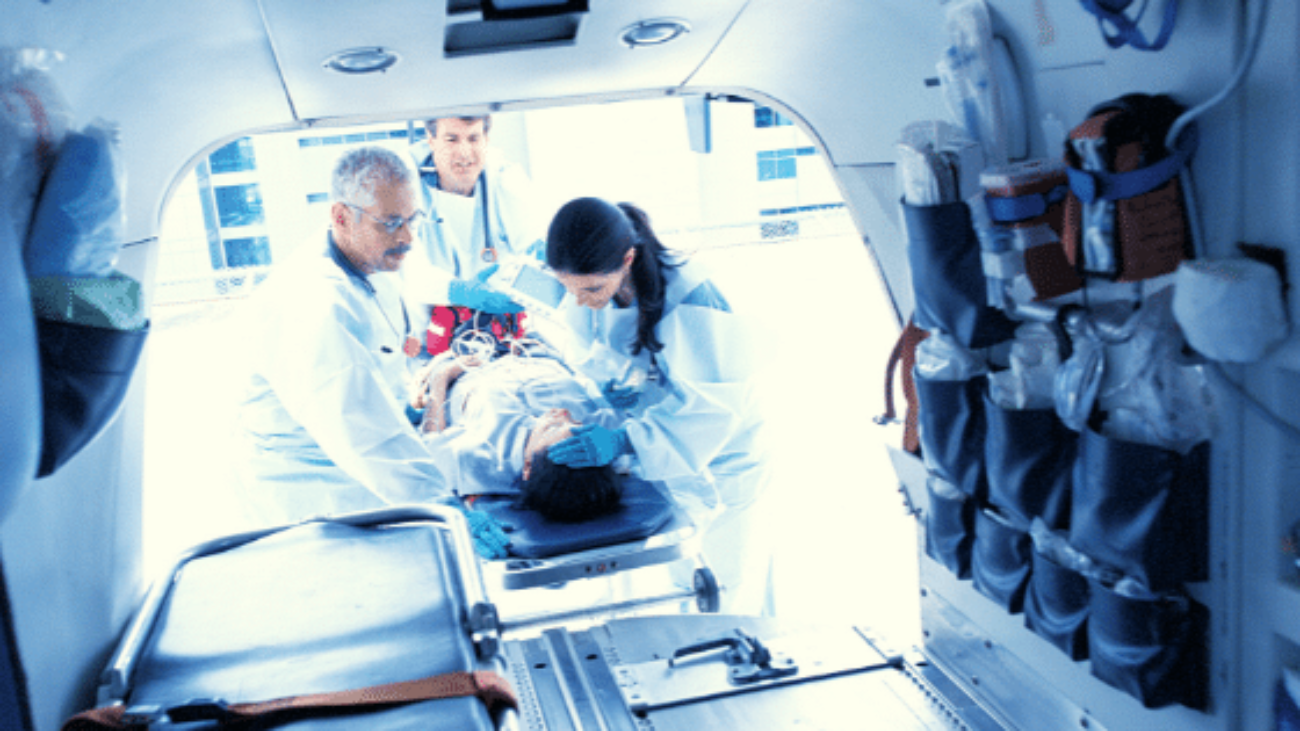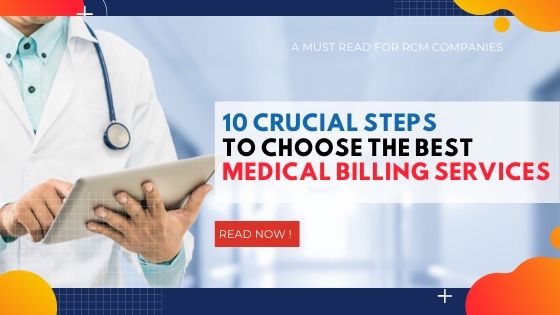Did you know the vast difference between ambulatory surgical billing and ambulatory billing? Both of them hold an impeccable distinction, which often gets confusing in the medical billing system. Ambulatory surgical centers are one of the most rapidly evolving medical services in recent years. Unlike physician and hospital billing, ambulatory surgical billing and ambulatory billing services speak a lot before filing a claim for the services rendered.
Medicare and Medicaid have several guidelines for some insurance companies, where they frequently vary depending on medical urgency, approved procedures, or other filing obligations. This article answers the most commonly asked questions on ambulatory surgical billing that provides few essential things involved.
How Ambulatory Surgical Centers are defined using CMS guidelines?
- The Centers for Medicare and Medicaid defines an ambulatory surgical center as a separate and unique institution, with the primary purpose of providing outpatient surgical treatment and services.
- Under certain rules and regulations, the hospital facility for Medicare purposes might be either a provider-based department of a hospital or an Ambulatory Surgical Center.
- Medicare demands ambulatory surgical centers to enter into a provider agreement with CMS to be eligible for payments.
- It’s important to note that new trends introduced by CMS push for cost reduction are getting to move towards bed-less hospitals with most of the services including, same day surgery performance and patients recuperating at home in touch with providers via phone, etc.
- These centers offer ambulatory care by providing surgical care like the children’s hospital in Detroit.
Explain the basic charges of Ambulatory Surgical Billing & Coding.
- Ambulatory surgical billing uses both physician and hospital billing combinations by employing CPT and HCPCS codes.
- Few insurance companies permit this ambulatory surgical billing to bill using ICD-10 procedure codes just like a hospital.
- Few packaged services such as medical or surgical supplies do not pass through surgical dressings, splints, casts, and related items, supervision of an anesthesiologist by the operating surgeon.
- Some device-intensive procedures, such as insertion of a pacemaker, can be paid for ambulatory surgical services but not as a separate line item.
- The center includes the device’s cost in the procedure code and submits it as one line item.
- As a vital regulation, ambulatory surgical centers aren’t permitted to base their price on the Medicare Physician Fee Schedule’s allowable code.
- Medicare wants ambulatory surgical billing to happen electronically, using CMS-1500 form, with most other insurance companies using the UB92 form.
What are CMS’s regulations to determine which procedures are covered?
- Dealing with Medicare isn’t that easy. Ambulatory surgical centers must beware of all the services that are allowed and not allowed in a hospital.
- To get approved by Medicare, CMS had determined that the provided procedure must not pose any safety risk or incur an overnight admission following the procedure. For clarification, contact Medicare.
What are the approved procedures in ambulatory billing?
- The approved procedure list is based on the following:
- The procedures cannot be life-threatening or of an urgent nature, such as reattaching a severed limb or a heart transplant.
- Physicians might not be able to perform the procedure safely in their office.
- The procedures can be urgent.
- They also can be elective.
What are Device Intensive Procedures in ASC billing?
- Device-intensive procedures are nothing but inserting a pacemaker for the device but not as a separate line item.
- The ambulatory surgical centers are ready to accommodate the cost of the device and the procedure’s code and tender it as a one-line item.
- Medicare requires modifier SG when offering prices to indicate that they perform services from an ASC.
- Other insurance companies also may need the SG modifier to know the difference between the facility’s bill and that of a physician.
What are the most common Ambulatory Surgical Coding errors?
- First of all, ensure if the ASC charges match what was performed during the procedure.
- One of the most common coding errors includes coding based on a procedure’s headings instead of the actual surgical report.
- Most ambulatory surgical centers and other outpatient facilities wait for the entire surgical report rather than billing immediately for the scheduled ones.
- Several procedures are written in the final report.
- Other common coding errors include misreporting open and arthroscopic techniques as one procedure.
- It occurs when an operation is performed by starting with an arthroscope. But for some reason, it is converted into an open procedure.
- Several coders often get confused with these and mistakenly bill for both, while they must prioritize only open procedures.
- In case there are two different procedures, they can be billed as such instead of as one.
Mention a few modifiers used in ASC billing:
- Few modifiers mentioned below are identical to those used by healthcare professionals. They include:
- 52 Reduced services
- 59 Distinct, separate procedure
- 73 Procedure discontinued after prepping for surgery
- 74 Procedure finished following anesthesia administered
- RT Right side
- LT Left side
- TC Technical component
- FB Device furnished at no cost/full credit
- FC Device provided at partial credit
- PT Screening service transformed to a diagnostic or therapeutic service
- PA Wrong body part
- PB Surgery wrong patient
- PC Wrong surgery on a patient
- GW Surgery not associated with the hospice patient’s concluding condition
- Ambulatory surgical centers use these modifiers for an abandoned procedure.
- Modifier 73 is used for discontinued outpatient hospital or ambulatory surgery center’s procedure even before the department of anesthesia is used when surgery has begun, but anesthesia has not been given.
- Another modifier, 74, is also used for discontinued outpatient hospital or ambulatory surgery centers procedure soon after the administration of anesthesia is used when the system is terminated after anesthesia is administered.
- Insurance plans can take the responsibility to pay from 25 percent to 65 percent of the allowable amount, based on the modifier and documentation of how much performed the services.
What kind of services falls under ambulatory surgical billing?
- Most preferably, the services that come under ASC guidelines fall into this category.
- If the facility is completely credentialed with every certified aspect of ASC, they can perform more procedures than compared.
- The services include:
- Ambulance Services
- Artificial Legs, Arm, and Eyes
- Implantable Durable Medical Equipment
- Non-Implantable Durable Medical Equipment
- Leg, Arm, Back, and Neck Braces
- Physician’s Services
- Prosthetic Devices
Not all procedures come under billing procedures, especially for ambulatory surgical billing. Considering this, most healthcare professionals chose to outsource their bills to avoid confusion and business. It can indeed be a good idea to escalate their collections.
Have you subscribed to our blog yet? For exciting updates on healthcare, please press the subscribe button and learn more about different aspects of the healthcare industry. Do comment your suggestions below and stay tuned to our social media portals for the latest news and facts on the medical billing industry.




